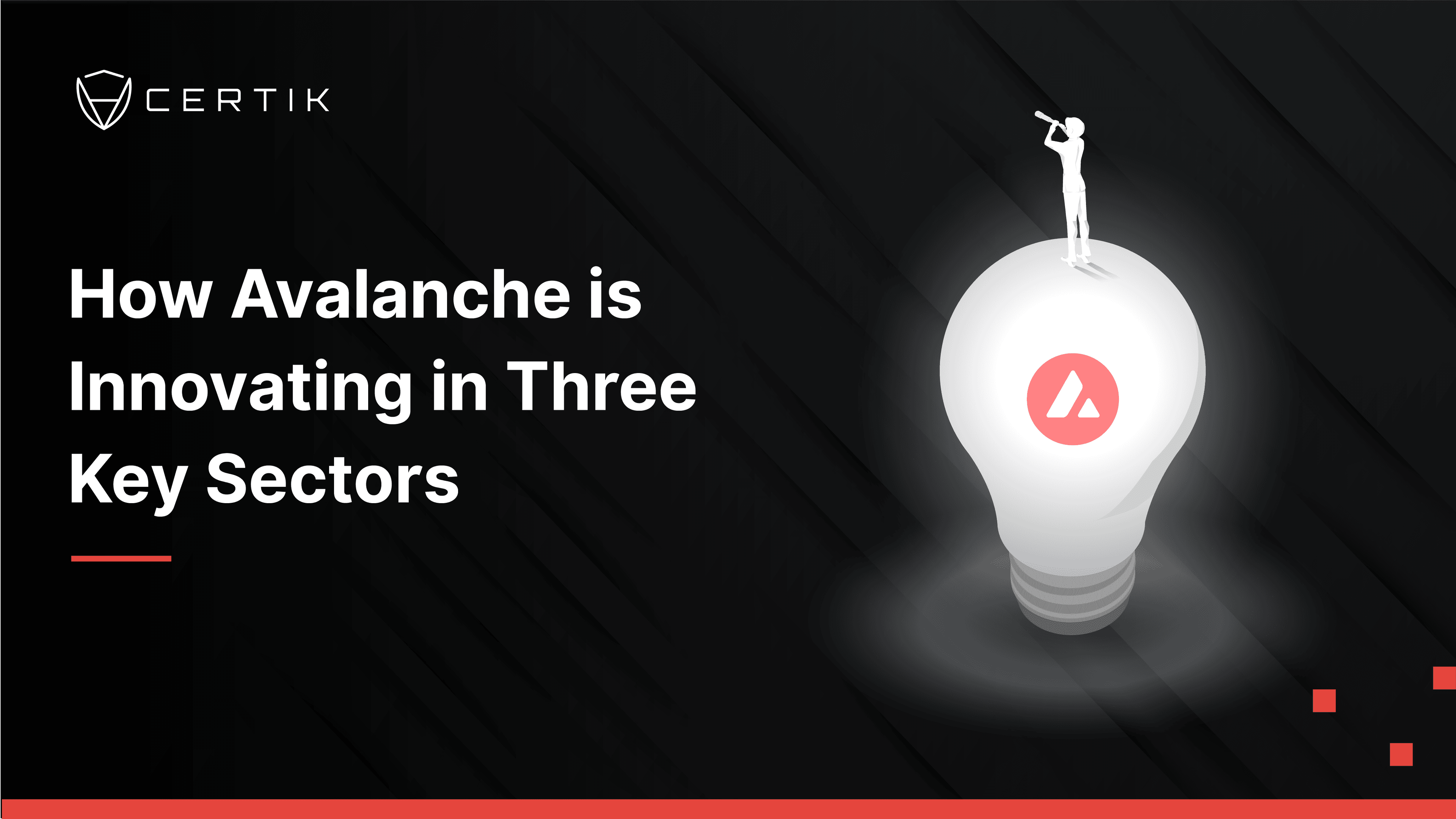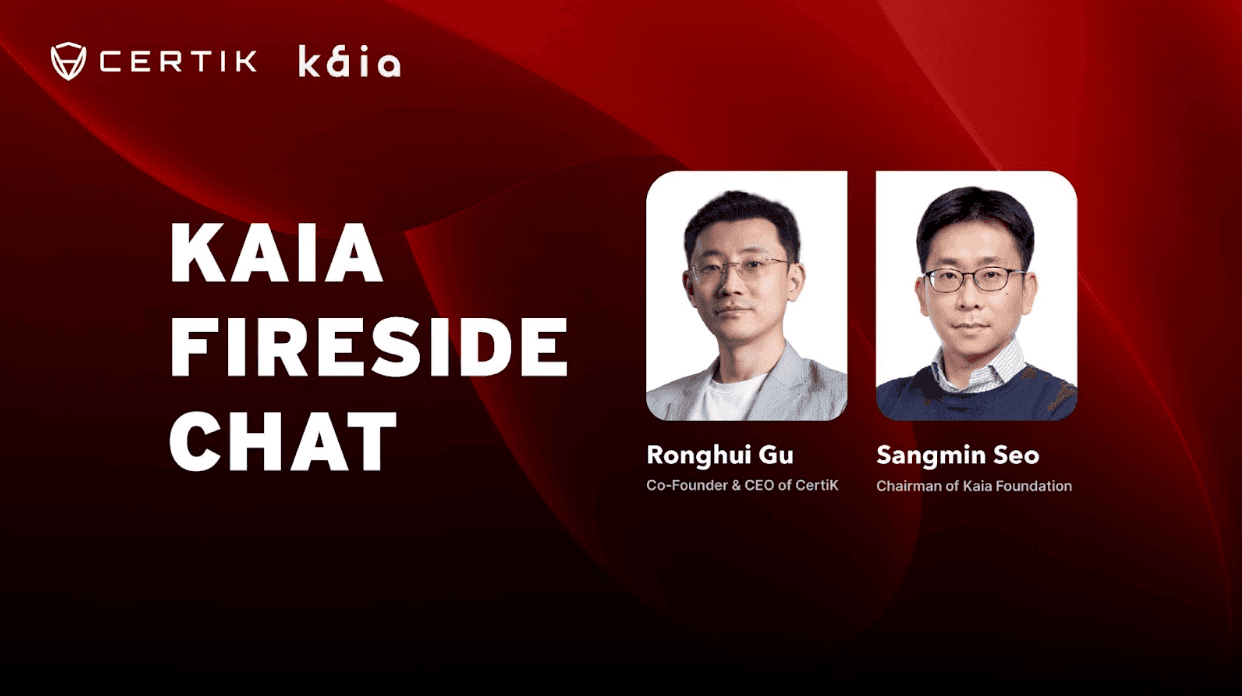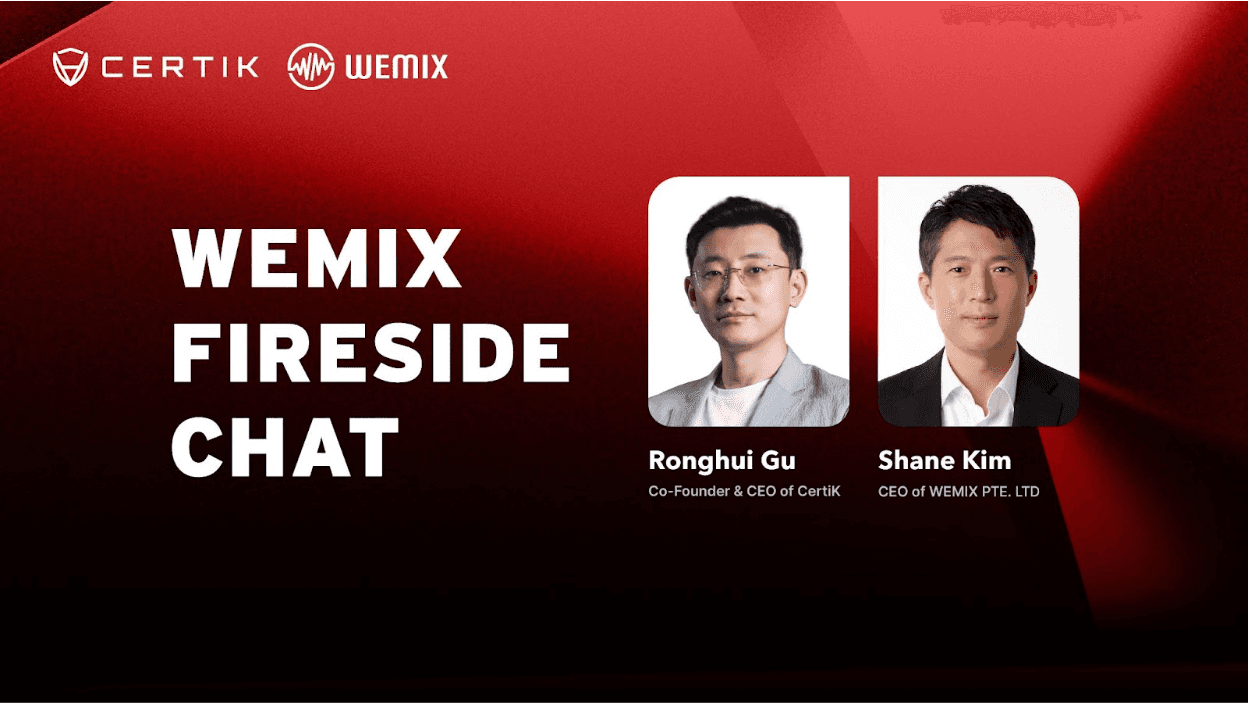How Avalanche is Innovating in Three Key Sectors

The radical potential of Avalanche’s technology is already supercharging innovation in some of the most disruptive sectors in the web3 space. It’s one thing to sing the praises of Avalanche’s underlying architecture, it’s another to understand how that architecture is facilitating growth in real terms.
This article will do just that, taking you through some of the most exciting developments in the web3 space today, and explaining how Avalanche is designed to meet their specific needs and capacities. It will then detail how the Avalanche network, in conjunction with an Avalanche smart-contract audit, works to foster unparalleled security throughout its ecosystem.
Game-Fi
One of the most eye-catching developments in the web3 ecosystem in recent years has been the growth of game-fi, also known as P2E (play-to-earn), which marks a revolution in the gaming world by allowing players to immerse themselves in online worlds like never before.
What’s more, game-fi allows players to earn things such as cryptocurrencies and NFTs by completing tasks, battling other players, and trading in the in-game economy. This rich world of trade and interaction even extends beyond the limits of one game, as the blockchain allows in-game assets and characters to be transferred across to other applications in the ecosystem. So an exclusive skin or hard-won item can be traded and exchanged in NFT marketplaces and crypto exchanges.
Given the variety of in-game mechanics and functionalities needed by each application, game-fi projects require a network that can provide a high level of customizability and composability. This is why Avalanche is increasingly being touted as one of the leading blockchains in the game-fi space, as its innovative use of Subnets provides developers with the flexibility and customizability they need to create.
Subnets support a wide range of game-fi projects in the same network by allowing developers to deploy their own blockchain on Avalanche’s C-Chain. In doing so, developers can set the parameters of their blockchain, such as implementing their own governance mechanisms, setting their own validator rules and fee structures, and even running their own virtual machine. This kind of customizability means that game-fi projects don’t have to limit themselves by molding to the predefined parameters of a network, and instead have a platform that can adapt to meet their needs.
In addition to providing the gold standard in blockchain customizability, Avalanche further incubates a rich and diverse game-fi ecosystem by incentivizing game-fi developers to build on the Avax Network. Most recently, it announced a cache of 4 million AVAX tokens designed to attract developers to the platform.
There is a growing number of innovative game-fi projects making use of this functionality. For example, Crabada, is a P2E, NFT game in which users play as battling hermit crabs who can mine, loot and explore in a vibrant world. Elsewhere, the new project PLAYA3ULL Games is working to create a diverse portfolio of games on the Avalanche network. PLAYA3ULL benefits from having had CertiK’s Avalanche smart-contract audit, and promises an exciting world of games for players to enjoy.
DeFi
If anything highlighted the need for a fast resolution to blockchain’s scalability problem, it was the unprecedented growth of DeFi, which demanded a drastic increase not only in scalability, but also in security as more and more value became locked across the DeFi infrastructures.
The simple fact is that DeFi is exceeding the limits of one chain, forcing developers to find new architectures to match demand.
Again, this is where Avalanche’s use of Subnets can radically help security and scalability keep pace with DeFi demand.
Subnets solve DeFi’s scalability problem by having projects deploy separate but connected instances of the blockchain. This means that each Subnet is validated by a set of validators that work together to achieve consensus on the state of one or more blockchains, but that exist independently from other Subnets in the ecosystem.
Individual Subnets are independent from each other. This means that they don’t share execution threads, storage, or networking with other Subnets, including the Primary Network. This effectively allows the network to easily scale-up by allowing lower latency, higher transactions per second, and far lower transaction costs.
Multiple DeFi projects are already making use of Subnets and taking advantage of the scalability and security offered by Avalanche’s network. This includes projects such as 1nch Network, Frax, and bzx Protocol, all of which have the added security benefit of having had CertiK’s Avalanche smart-contract audit.
Institutions, Enterprises, and Governments
Outside of web3, Avalanche is offering tailored solutions to legacy financial institutions and governmental bodies that are increasingly looking to blockchain technology to both streamline and innovate within their sectors.
Whilst blockchain technology and decentralized networks clearly offer advantages to sectors looking to modernize their systems, many have been reluctant as the open and permissionless architectures entail a release of control.
Avalanche resolves these conflicts by enabling institutions that build on the Avalanche network the power to control their membership, set their own governance mechanisms, and determine their validator rules.
So, for institutions that need to meet, or even set regulatory compliance, such as in the case of a central bank digital currency or digital identity technologies, Avalanche provides a solution. For example, projects can stipulate that validators pass KYC/AML checks, hold required licenses, and even be based in a specific geographical location, to participate in the network. This in turn clears the way for a whole range of companies and institutions to innovate within web3.
Security
Underpinning all of these innovations is the security that Avalanche provides to its ecosystem. Yet to bolster this security, it is necessary for Avalanche-based projects to seek out an Avalanche smart-contract audit that equips them to defend against potential hacks.
This means partnering with a security provider that has an intimate understanding of Avalanche’s architecture, and CertiK’s Avalanche smart-contract audit is the industry-best. Having audited a diverse range of Avalance projects, we have honed our Avalanche smart-contract audit to be able to detect subtle vulnerabilities and attack vectors that even the keenest developers may miss.
By combining the cutting edge in AI technology with human analysis from leading computer science experts, CertiK’s Avalanche smart-contract audit provides a line-by-line analysis of a project’s code, and provides tailored recommendations on how to steel a project against attack. In addition to this, CertiK is the first to off an Avalanche smart-contract audit with KYC verification for project teams, a vital way to build trust between a project and its community.
Moving beyond the Avalanche smart-contract audit, Avalanche projects should adopt an end-to-end security posture with CertiK’s blockchain analytics tools Skynet and SkyTrace, which provide teams with an unparalleled overview of their on-chain activity after launch.
By facilitating the growth of some of the most exciting projects within the web3 ecosystem, Avalanche shows how a network can foster innovation across a diverse range of projects and sectors. As blockchain technology continues to redefine industries across society, Avalanche, in conjunction with CertiK’s Avalanche smart-contract audit, is a natural choice for developers seeking to innovate within game-fi, DeFi, and beyond.




